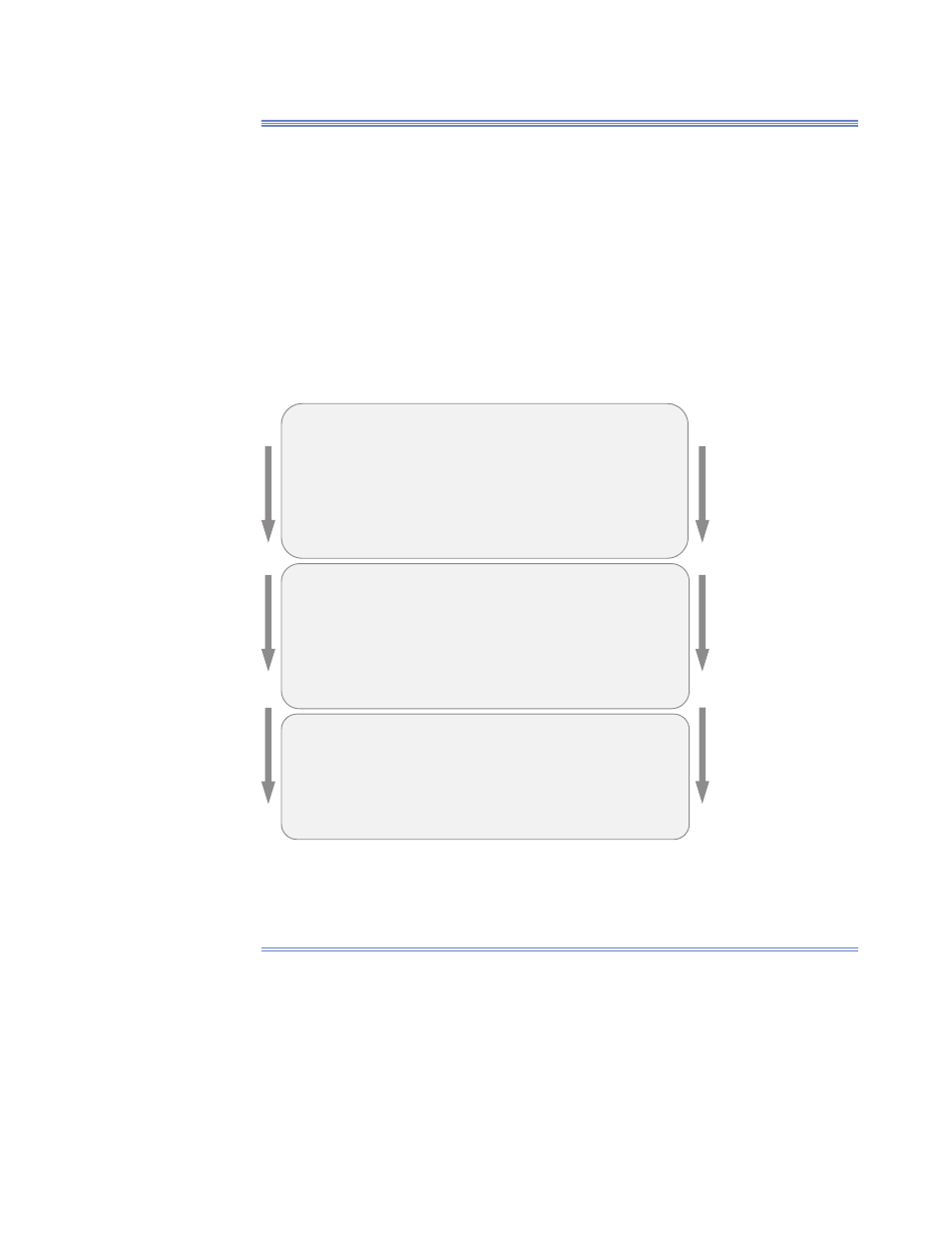6 the different levels of energy assessment, 1 level i assessment – Retrotec USACE User Manual
Page 46

24 ENERGY & PROCESS ASSESSMENT PROTOCOL
3.6 The Different Levels of Energy Assessment
Energy assessment may be done in different ways. The protocol distinguishes
between the preassessment phase (Level 0: selection of objects for energy as-
sessments and required composition of the team as well as checking the avail-
ability of basic information) and the three levels of energy assessments with
different depths (Figure 13).
Each of these three levels may be implemented in either a simplifi ed or
a more detailed assessment, depending on the energy usage and other data
availability. The preassessment phase (Level 0) is sometimes called prelimi-
nary energy analysis; its role is to ensure that systematic data collection such
as consumption monitoring will be started if it does not exist when Level I–III
actions are planned.
LEVEL I
= Screening, rough and quick walkthrough audit
concentrating saving potential through typical measures
• Analysis of consumption figures, benchmark data
• Checking key energy use indicators, “holes in walls”
• Utilizing building automation
• List of possible energy conservation measures
• Needs for further surveys or a deeper audit
LEVEL II
= Full energy audit, recommended for large energy users
• Analyzing all energy-using systems and equipment
• Measurements (main air flows, temperatures, etc.)
• Consumption breakdown calculations
• Analysis of saving potential, estimated investments
• List of energy conservation measures for implementation
LEVEL III
= Detailed engineering analysis, targeted to
main energy-using systems
• Analyzing measurements, data-logging, thermography,
pressure tests
• Detailed cost estimates and descriptions for
energy conservation measures
Figure 13. The different levels of energy assessment.
3.6.1 Level I Assessment
A Level I assessment (qualitative analysis) is a preliminary energy-opportunity
analysis consisting primarily of a walk-through review to analyze and bench-
mark existing documents and consumption fi gures. It takes 2–5 days and iden-
tifi es the potential in dollars/euros for improvements and energy conservation
to the bottom line.
